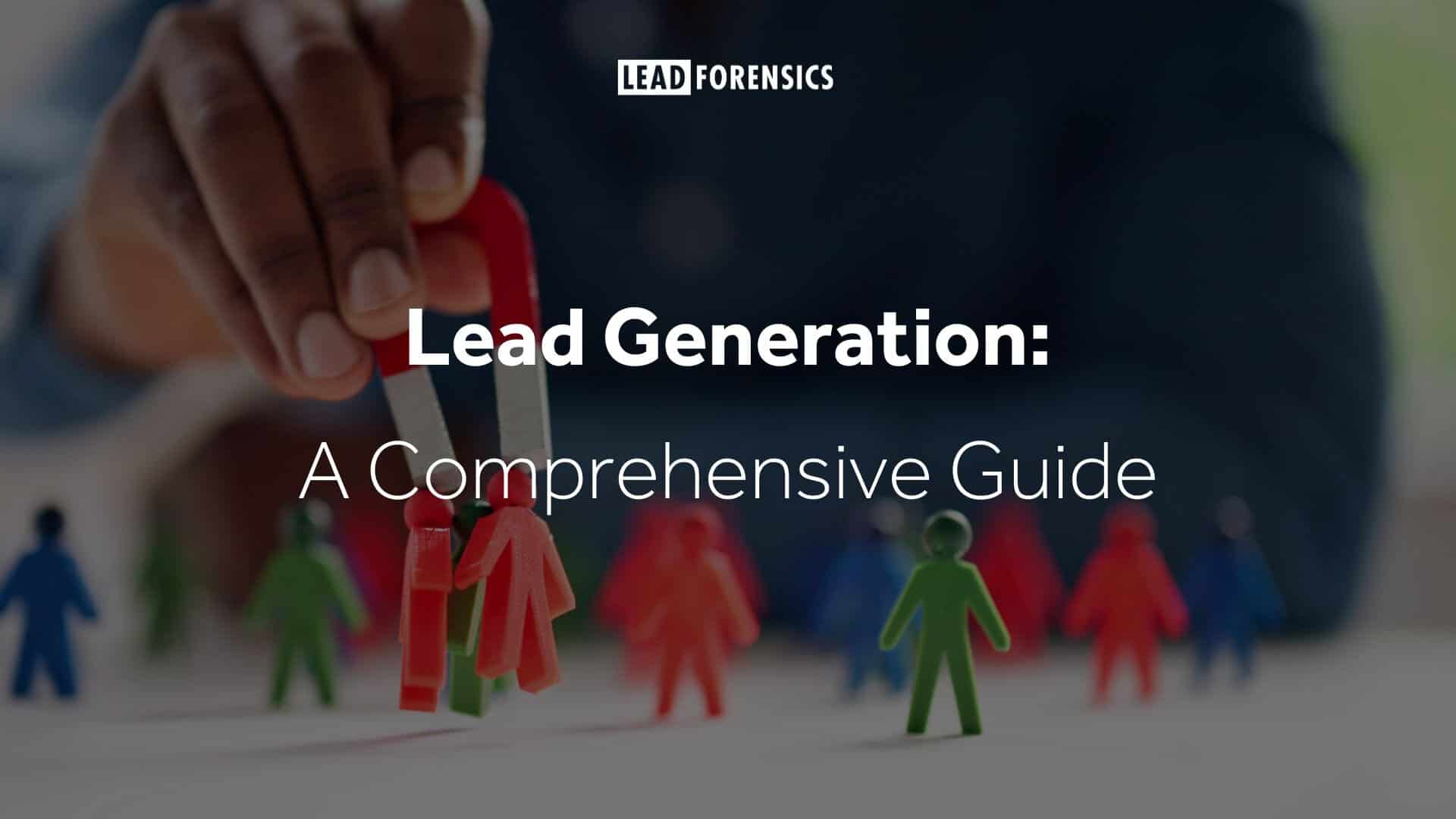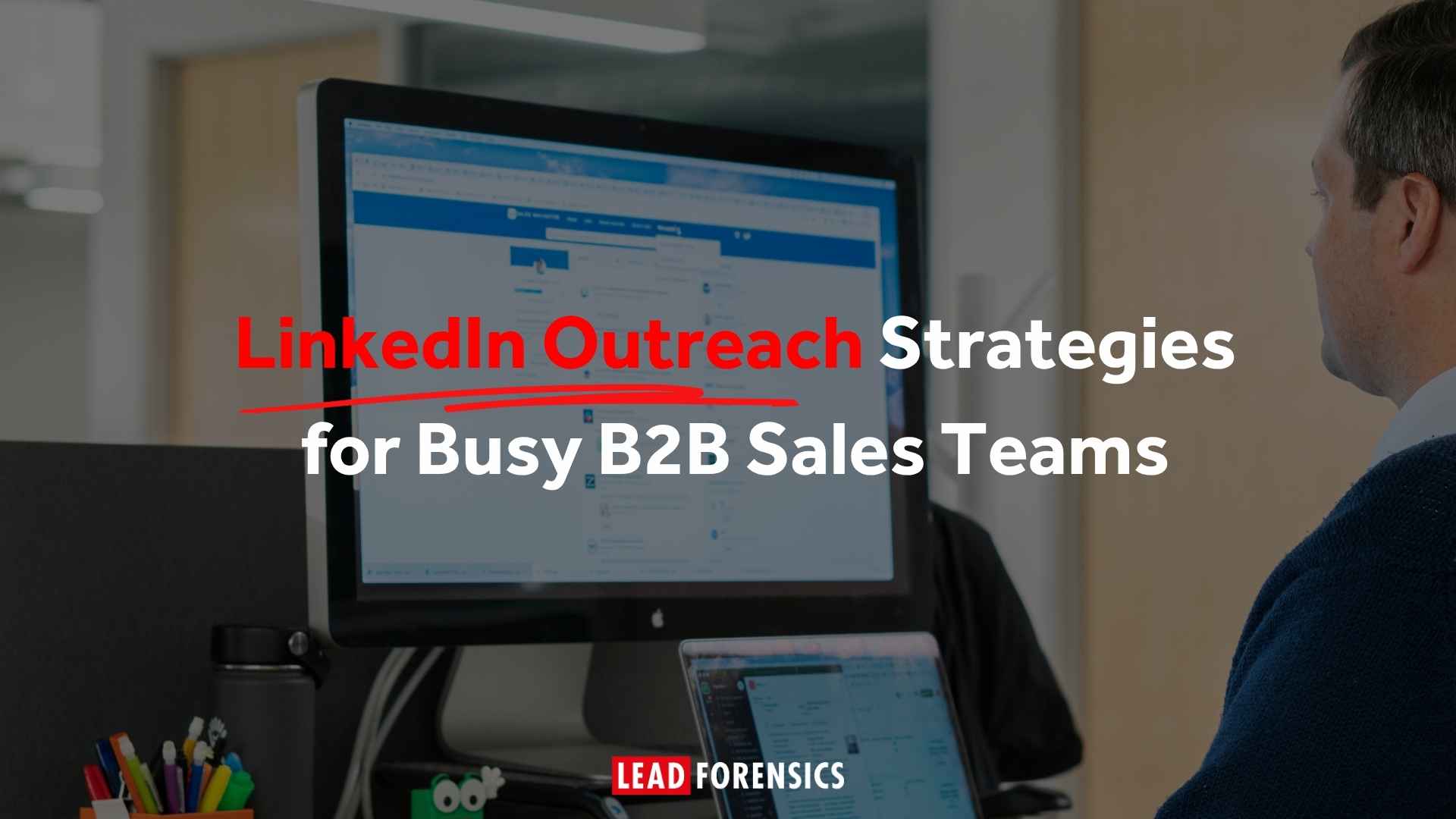Retaining your hard-earned clients is just as valuable as securing new ones. After all, you spend so many resources closing them in the first place, from advertising and lead generation to nurturing, closing, and onboarding. When they churn, everything you’ve invested walks away with them.
But there are other reasons why a high churn rate is bad for B2B:
- It suggests there’s something wrong with your product or service
- It makes it harder to recover your customer acquisition cost (CAC)
- It takes away the opportunity to upsell or cross-sell the client
- It lowers your business valuation
- It slows your growth trajectory
Wait, What is Churn Rate?
Churn rate is a metric that measures the percentage of customers or accounts that stop doing business with your company over a specific period of time.
In B2B, churn can look like:
- Cancelling a subscription or contract
- Not renewing after the term ends
- Downgrading an account
Why Do Customers Churn?
In B2C, churn is often an impulsive decision. But B2B churn tends to be more complex, slower-moving, and can be preventable if you identify the signs early.
Some of the main reasons B2B customers churn include:
- Misaligned expectations. The value promised during the sales process doesn’t materialize, onboarding is weak or confusing, or different stakeholders have conflicting views of ‘success’.
- Lack of clear value realization. The customer doesn’t know how to use the product to properly meet their goals, so they can’t see the ROI.
- Budget cuts or shifts in priorities. Businesses evolve, and things like budget cuts or pivots in strategy mean customers churn.
- Your advocate leaves the client’s business. Their replacement – or the other stakeholders – aren’t bought in to your solution, so they don’t see the value in continuing the relationship.
- Low usage. Disengaged customers who don’t use the solution enough – or aren’t using the most valuable features – may not get the outcomes they want and fail to see the value.
- Poor customer experience. If a client has an issue, challenges like long response times, a lack of onboarding support, or unresolved tickets can sour the relationship and put customers off.
- Competitor poaching. A better offering elsewhere, or a more competitive price label, may entice your existing client base to churn.
How to Reduce Churn?
Increasing retention rates – and thereby reducing churn – needs to be treated as a strategic revenue retention initiative and not a customer success metric.
These 12 proven strategies will help you do just that.
1: Set Reasonable Customer Expectations
One guaranteed way to get your customers to churn is to create a significant disconnect between the first impression you gave to a new client and their expectations for what it is going to be like working with you.
This kind of mis-selling means a client won’t stick around for long. More importantly, it risks your reputation because they may share their experience with other people (and review platforms).
Make sure all areas of the business are aligned and in sync. Set realistic and deliverable expectations, then try to exceed them.
If you’re always looking at ways to add value and striving to improve your product, service, and delivery, then you won’t go far wrong in reducing customer churn.
2: Listen To Customers
There is no better place to canvas feedback and opinion on your products and services than from your current customers. Your business should encourage customers to share their thoughts with you and keep track of online comments and reviews.
If you can build a culture of openness and transparency, you may hear about any issues far earlier than you would if you waited for issues to become big enough that they get your attention.
Plus, getting this kind of feedback early means you have more time and a better chance of fixing it. If done successfully, active listening can be transformational for a business and reduce churn rate.
3: Identify Your Weaknesses
When you review your customers’ feedback, you’ll be able to determine what your business’s strengths and weaknesses are.
Make sure you listen to the complaints your customers make, as this may help to reveal bigger problems your products might have. Once you’ve identified them, you can get started on making the necessary improvements.
Strive to address all issues raised by customers to better your product and retain your customers.
4: Look Out for Indicators A Customer May Leave You
If you know your customers really well, you may get a gut feeling when something’s not quite right, and you’re at risk of losing them. But by this point, it may be too late.
You can get ahead of this by looking for signs that a customer is getting ready to disengage.
One tactic is to use customer satisfaction surveys. By asking a few standardized questions regularly, you’ll be able to compare answers and monitor any changes.
Another thing to watch for is a reduction in engagement with your service. Do they take longer to respond to your emails or calls? Are they using your product or tool less frequently? Are they cancelling meetings?
Your own website can also help. If current customers are reviewing your contract, terms of service, or pricing pages, this can also be an early indicator.
5: Focus On Your Customer Service
No matter how good your product or service is, just one poor customer service experience can be enough to put a customer off.
It’s the reason why 70% of customers churn, citing unhelpful staff and slow service most frequently.
This means that everyone in your company needs to know how to speak to customers. Whether they’re answering the phones, responding to comments on social media, or responding to emails, every interaction is a reflection of your brand.
It’s also important to be responsive to customer queries. Automating things like your web chat can help improve your response times, and having a customer forum or knowledge base where users can find answers to common questions themselves can help here, too.
6: Focus on Your MVPs
For a lot of businesses, solving customer churn means identifying a pool of customers that are most likely to cancel and focusing your efforts on keeping them on board.
However, it may help to segment these customers further and identify your most valuable customers.
Rather than redirecting time and resources to retaining any customers on the brink of churning, focus your attention on the most profitable customers on the brink of churning.
Sometimes it can be as simple as offering additional training or reaching out to a new point of contact after someone leaves this business.
7: Be Proactive with Communication
It’s important to keep in regular contact and be proactive in your communication and updates. You don’t want your customers to feel like they always have to chase you, or that they’re always the ones initiating contact and pushing to get things moving.
They want to feel valued and that you are working hard for them, without having to prompt you.
By reaching out to your customers before they need you, you’re demonstrating that you’re invested in helping them get the most out of your product or service.
8: Offer Incentives to Reduce Customer Churn
Give customers a reason to stick around by offering them something special, whether that’s a promo, discount, loyalty program, etc. This small gesture can go a long way when it comes to showing your existing customers how much you value their business and will help to reduce customer churn.
The timing of these incentives needs to be strategic. For example, if a customer is approaching the end of their contract and you’re worried they might not renew, providing a discounted renewal rate could be the push they need to stick around.
Another thing to consider is the customer’s needs. If you predict that a customer is going to cancel after realizing that your product or service isn’t what they were looking for, incentivize them to stay on board while you work on building out a feature or strategy that will help them accomplish their goals.
9: Stay Competitive
Market conditions are constantly changing, and as new software and technologies enter the space, the needs and demands of your customers will inevitably shift.
Businesses focused on what’s next, across trends, technology, and product advancements, to make sure they’re strategically placed to take advantage.
And while keeping your product or service on the cutting edge is important, it’s also essential that your customer success and support efforts remain relevant. To ensure your competitors aren’t lapping you, do some sleuthing and take note of their customer success initiatives.
Are they responsive to questions on social media? Do they have live chat enabled on their website? Do they have an extensive knowledge base?
Taking cues from their strategy can help your business better serve customers and retain their loyalty, reducing customer churn.
10: Create A Customer Community
Customers are loyal to brands that have built a community around their products, services, and customers. Consider engaging with customers by creating a LinkedIn group, subreddits, Slack groups, and beyond.
This gives them a place to ask questions, share best practices using your product or service, and share feedback.
You can also plan events for selected customers to let them know you value them. Whether it’s a webinar that invites an expert to share their knowledge or a workshop to upskill in relevant areas, interactive events build their affinity with your brand.
11: Improve Your Onboarding Process
Getting started with a new product or service can be overwhelming. And if a customer can’t figure out how to navigate your product or service right out of the gate, they’ll likely lose interest.
To ease the transition, it’s helpful to set up a new customer onboarding process or roadmap to guide new customers through your product or service’s features, functionality, and process. This approach makes it easier to manage customer expectations while giving you complete control over the pace at which you’re surfacing more information.
After all, customers who feel empowered to achieve success with the help of your business are less likely to leave.
12: Reduce Customer Churn with Relationship Marketing
Give your customers reasons to keep coming back by showing them the day-to-day value of using your products and encourage them to make your products, services, offers, etc., a part of their daily workflow.
You can do this by providing plenty of content about the key functional benefits of your product or offering regular news updates, such as announcements of deals, special offers, or upcoming upgrades.
Don’t focus all of your marketing efforts on potential new customers; if you have a wealth of content like blog posts and eBooks that your existing customer base could use, share it with them. By offering training even after the customer onboarding, you can keep customers engaged and reduce customer churn.
Bonus: Detect Early Churn Through Website Behavior
Most customer churn starts silently. They might keep viewing support pages or repeatedly look at your pricing and comparison pages, for example, months before they choose not to renew.
But if you can find out when your key accounts are looking at these kinds of webpages, you can get an early warning that they might be getting ready to churn.
Website visitor identification tools like Lead Forensics can alert you when specified accounts look at certain pages, so you can proactively reach out and resolve any challenges.
Not already using Lead Forensics? Book a demo and start getting ahead of your churn challenges.






